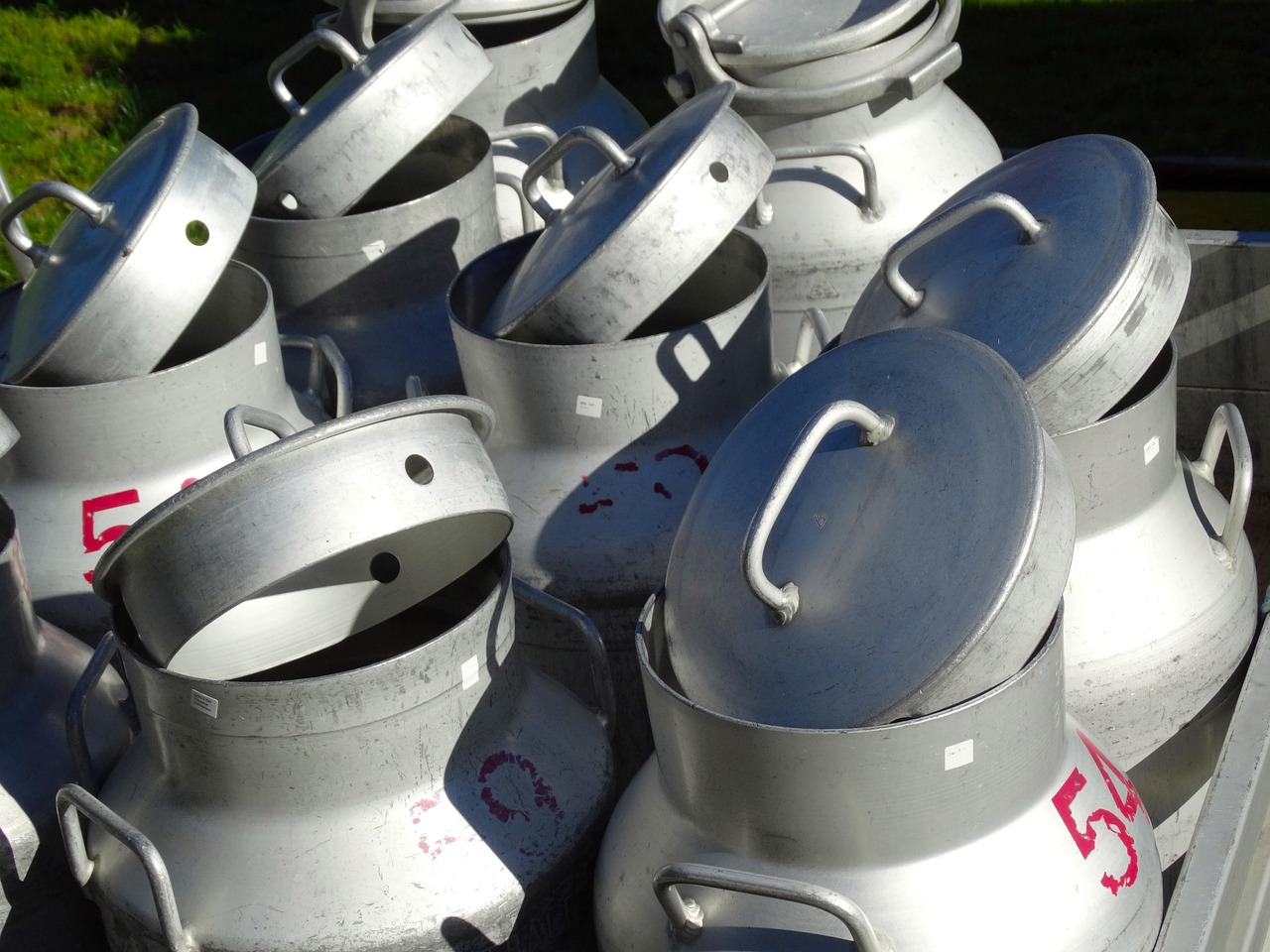
Dairy farming has become one of the most promising agribusiness ventures in Kenya. With rising demand for milk and dairy products across homes, hotels, and institutions, many people—especially youth and retirees—are investing in cows hoping for quick returns. But the truth is, many new farmers struggle or quit within a year. Why? Because of avoidable dairy farming mistakes Kenya farmers commonly make.
At Mkulima Jovial, we work with hundreds of small- to medium-scale dairy farmers, helping them build sustainable and profitable dairy businesses. In this blog, we highlight the most frequent errors beginners make and how you can avoid them.
1. Starting Without a Plan or Proper Research
Many new farmers jump into dairy farming after seeing a neighbor succeed or reading an online success story, but they don’t take time to understand the business model. This leads to:
-
Overspending on unnecessary structures
-
Buying the wrong breed for their area
-
Underestimating feed and vet costs
Solution:
-
Create a detailed dairy farming business plan
-
Visit at least 3 established dairy farms
-
Consult local agricultural extension officers or veterinarians
2. Choosing the Wrong Breed
Not all dairy cow breeds are suitable for all areas. For example, Friesians may not thrive in dry regions without extra care, while Ayrshires and Jerseys can adapt better.
Mistake: Buying cows based on size or price instead of productivity and climate suitability.
Solution:
-
Select cows based on your environment, feed availability, and budget
-
Work with certified breeders who provide health records
-
Consider starting with a hardy local-cross breed and improve through AI
3. Poor Feeding Practices
Feeding is the most overlooked area among new farmers, yet it affects 60–70% of milk output. Some common errors include:
-
Relying only on napier grass
-
Feeding inconsistent rations
-
Not providing mineral blocks or clean water
Solution:
-
Offer a balanced diet: forages, concentrates, minerals, and water
-
Learn about Total Mixed Ration (TMR) feeding
-
Invest in silage or hay for dry season feeding
4. Building Expensive or Poorly Designed Cow Sheds
Many beginners either overspend on cow houses or build them without understanding cow comfort. Mistakes include:
-
Dark, unventilated shelters
-
No drainage system
-
Cramped stalls
Solution:
-
Follow a proven dairy cow housing plan
-
Ensure proper ventilation, space, and drainage
-
Start with a basic, expandable design using local materials
5. Ignoring Record Keeping
How much milk is your cow giving per day? How much feed are you using per week? Many farmers don’t track anything, making it hard to measure progress or profitability.
Solution:
-
Keep simple daily records for milk production, feed input, health events, and costs
-
Use a record book or free farm management apps
-
Review monthly to assess cow performance
6. Skipping Routine Health Checks
A cow might appear healthy but could be battling parasites, mastitis, or mineral deficiencies. New farmers often wait until the cow is very sick to seek treatment, which increases costs and lowers production.
Solution:
-
Deworm every 3–4 months
-
Practice regular foot trimming and tick control
-
Monitor body condition score and appetite
-
Work with a local agrovet or vet to schedule vaccinations
7. Expecting Quick Profits
Dairy farming is not a get-rich-quick scheme. Many new farmers expect high milk yields and profits within the first month or two, only to be disappointed.
Solution:
-
Treat dairy as a long-term business (first profits may take 6–12 months)
-
Reinvest in better feeding, breeding, and equipment
-
Be patient and consistent
8. Overdependence on Hired Workers
New farmers often delegate everything to farmhands and rarely visit the farm. This leads to:
-
Theft of milk or feed
-
Poor cow management
-
Hidden health issues going unnoticed
Solution:
-
Be involved in day-to-day farm operations
-
Train workers but monitor closely
-
Install basic surveillance or milk recording systems if possible
9. Lack of Value Addition or Market Planning
Many farmers focus only on production but forget that profits depend on how and where you sell. Selling raw milk to middlemen means lower prices.
Solution:
-
Explore direct sales to consumers, hotels, or cooperatives
-
Consider value addition like yogurt or fermented milk
-
Join dairy farmer groups or SACCOs for better market access
Final Thoughts
Avoiding these dairy farming mistakes Kenya farmers often make will give you a huge head start. With proper planning, the right breed, balanced feeding, good shelter, and strong management, your dairy venture can grow steadily and become a major income source.
At Mkulima Jovial, we are here to walk with you—offering quality farm tools, feeds, mineral blocks, veterinary support, and expert advice tailored to the Kenyan farmer.
